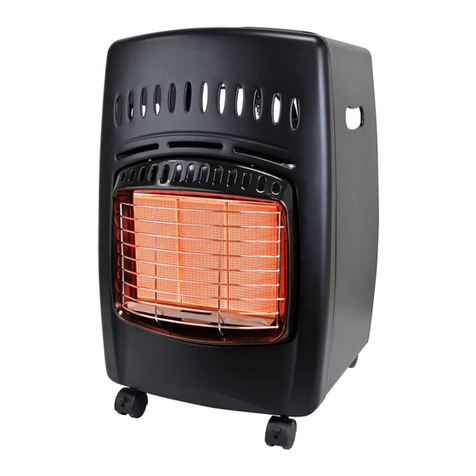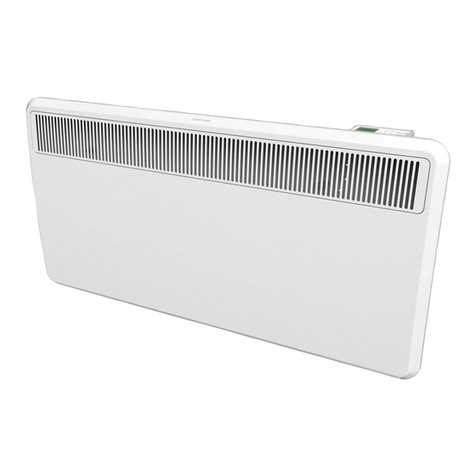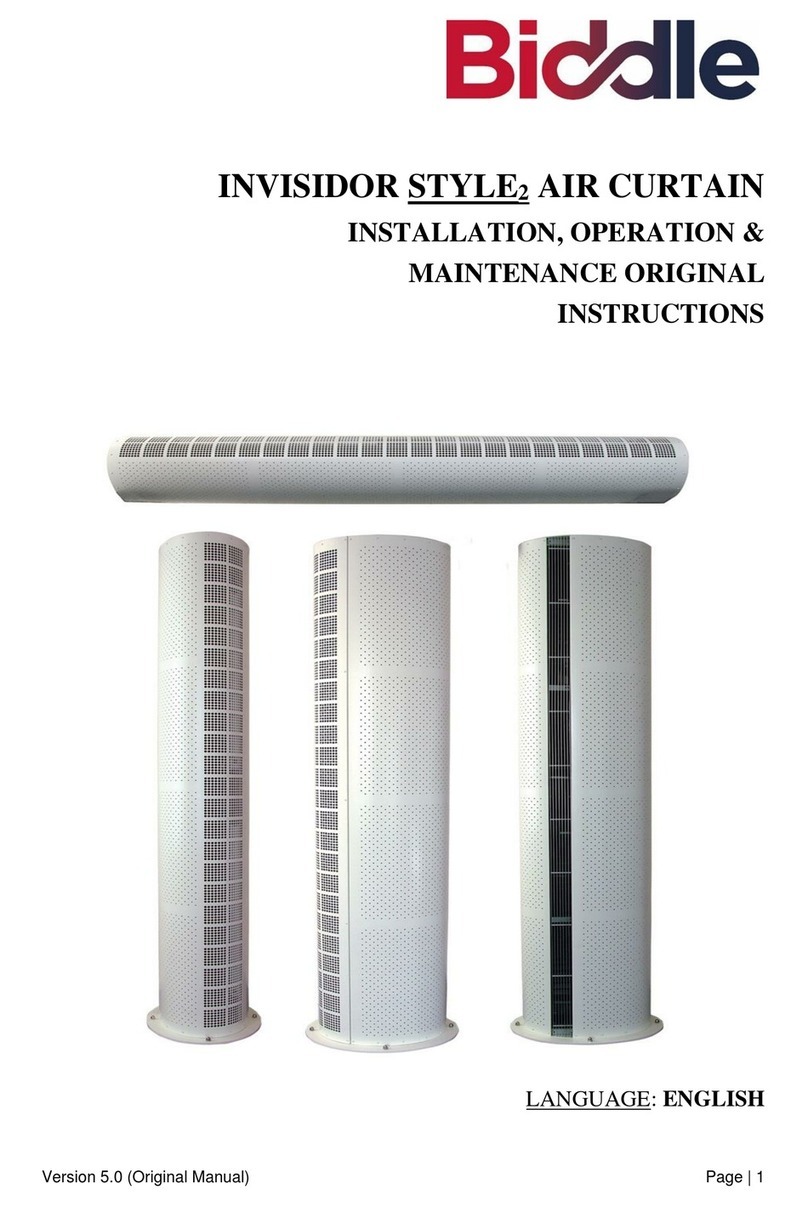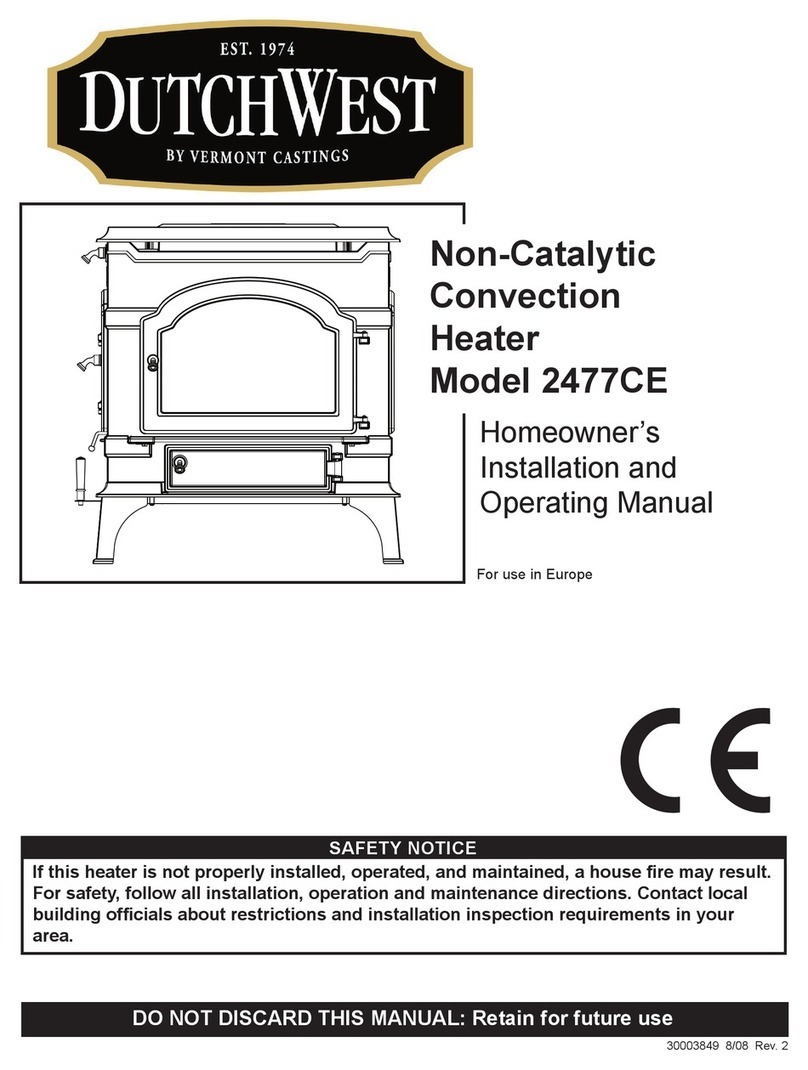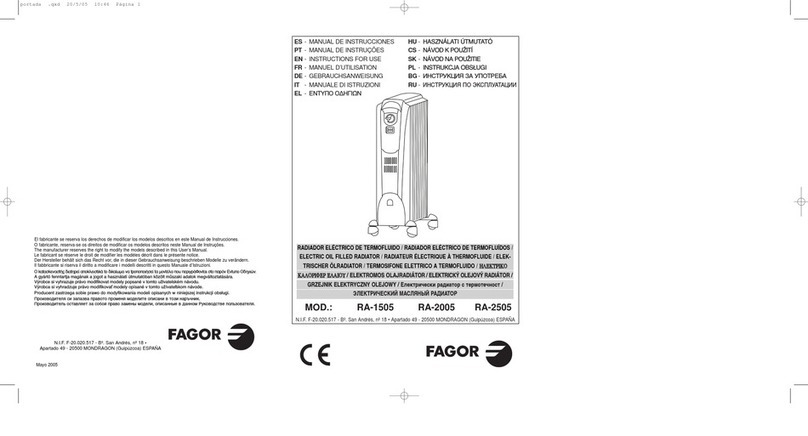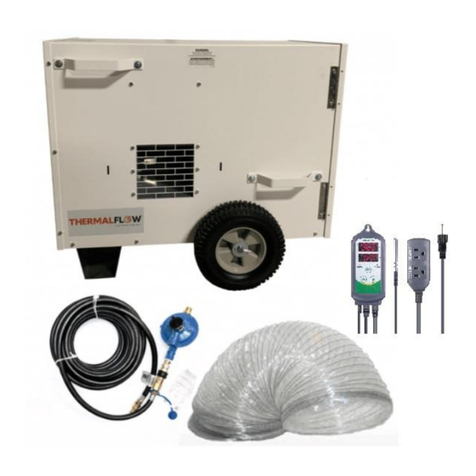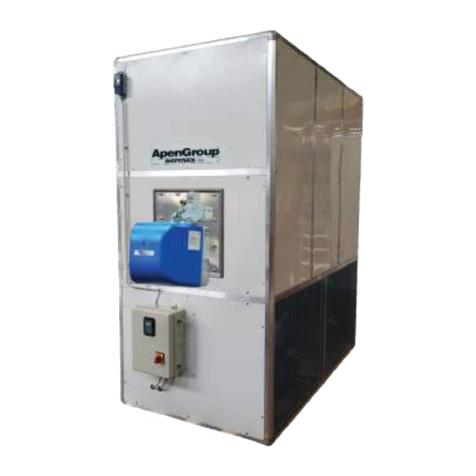
4
EN
If the chimney generates poor draught, consider installing new ducts. It is also important that the
chimneydoesnotgeneratetoomuchdraught,but,ifso,installachimney-draughtstabiliser;alternati-
vely, special chimney terminations for the draught control.The inspection of the chimney ue must be
contracted to a master chimney sweep, and any conversions are obliged to be made by an authorised
service only, so that all the requirements stipulated by the respective national law in force are met.
APPLICATIONS
The free-standing stoves by FRAM GmbH are stoves from the group of solid-fuel hearths with a
manual fuel load, connected to a building by means of a conduit which transports flue gases out of
the building, and a lockable hearth door. They are designed to burn hardwood, specifically,
hornbeam, oak, beech, acacia, elm, maple, or birch, with a humidity of <20% (lignite and charcoal
briquettes are also allowed). They provide an additional heat source for the rooms they are installed
in.
NOTE BEFORE
INSTALLATION!
To prevent the risk of re, the heater must be installed in compliance with the rules and regulations of
good building practice, and with the technical guidelines provided in this Installation and Operation
Manual. The design of the chimney system must be by a qualied specialist. Prior to commissioning, a
recorded technical acceptance must be conducted and the chimney sweep and re-specialist asses-
sments attached.
GENERAL REMARKS
a) Prior to the heater’s installation, the chimney ue must be assessed by an expert and accepted for
its technical specications, as well as the technical functionality of leak tightness and ow capacity.
b) The installation and startup of the heater must be carried out by an installation-specialist company
with satisfactory qualications and experience.
c) The heater must be placed as close to the chimney ue as possible. The room it will be installed in
must have a functional ventilation system and the required amount of air for correct heater operation.
d) Before you start using the heater, remove the stickers from the glass.
e) The heater’s technical specications apply to the fuel dened herein.
f) The chimney ues must be inspected in the due time (min. twice a year).
g) Pursuant to the applicable law, a stove may not be the only source of heat, but a supplementary
one to the existing heating system only. The purpose of such a regulation is the necessity to provide
heating for buildings during a prolonged absence of residents.
The heater’s installation must be performed with adherence to the provisions in force within this
standard scope, construction-law requirements and re-safety standards in force in this regard. The
particular provisions on design safety, re safety and safety of use are laid down in the construction
regulations and codes in force in the respective countries.
FUEL CHOICE
Recommended Fuel
- the manufacturer recommends hardwood billets like beech, hornbeam, oak, alder, birch, ash, etc.,
with billet or split log dimensions 30cm long and circumferences between 30 and 50cm, and lignite
briquettes.
- the humidity of the fuel wood for the appliance should not exceed 20%, which is characteristic of
wood seasoned 2 years after felling and stored under cover.
Not Recommended Fuel
You should avoid burning billets of split logs with a humidity of over 20% as it can prevent the applian-
ce from achieving its declared technical specications, and can reduce the heat output.
Burning softwood billets and high-resin wood in the appliance is not recommended, as they result in

